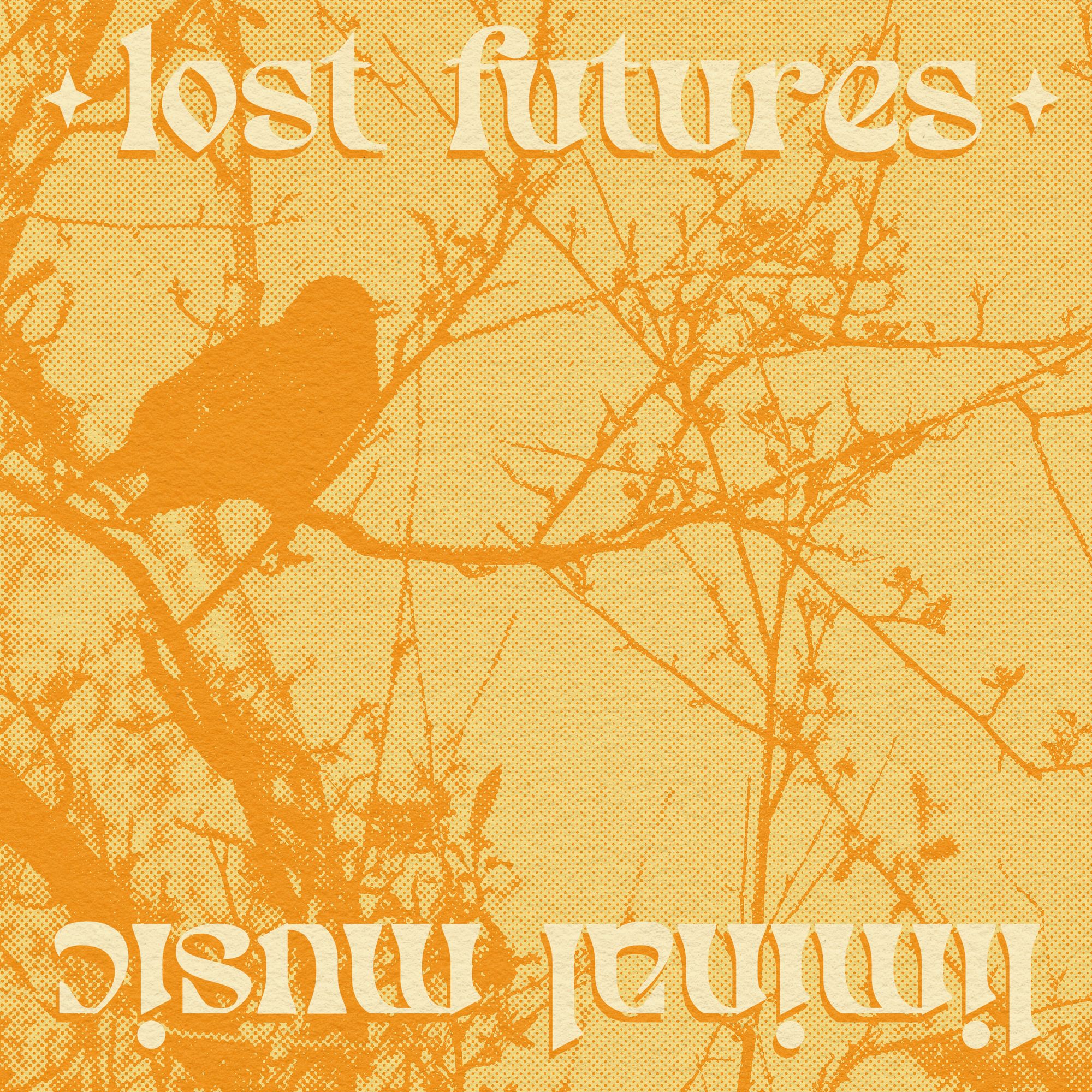Musical hauntology
I wouldn't say that I'm "knowledgeable" about "music"

Yesterday, I wrote about my interest in and light befuddlement about the idea of hauntology. I'm a bit more familiar with a newer definition of hauntology, the version that writers like Mark Fisher and Simon Reynolds used and mainly applied to music that might make you feel unstuck in time and/or nostalgic for lost futures. And, to be fair, I'm mostly just familiar with musical hauntology because it's been mentioned in passing on political podcasts that I listen to, not because I've done much reading on it myself.
But a few weeks ago, I watched an incredible video called All My Homies Hate Skrillex: A story about what happened with dubstep. The documentary is great because it's one part memory, one part analysis, and one part music history.
It talks a lot about how dubstep originally felt like gritty, realistic music that reflected a reality of life in the United Kingdom that most people didn't want to admit. There's lots of imagery of walking through city streets at night.
That imagery made me think about psychogeography and Guy Debord's concept of the dérive, which is typically a long, unstructured walk through an urban environment. It's about exploration, observation, and randomness (and it was the inspiration for the Randonautica app, which I've talked about a lot on the podcast and blog.)
I've always connected electronic music specifically with that sort of thing. To me, it feels like my place-memories are "embedded" into electronic music more so than other music. Like there are specific electronic tracks that make me think of walking around the city at night, standing on the subway, etc.
There's always been a sense of liminality in electronic music for me, and this documentary really added to that sense and mythos to me.
It also sent me down a rabbit hole. I was surprised to find that there's actually a musical genre called hauntology, and that a musician I've listened to for many years, Burial, is considered part of that musical genre. (I shouldn't have been surprised; I'm terrible at identifying and remembering musical genres.)
That rabbit hole was last month. Then, over the weekend, I was searching "paranormal nostalgia" online and (once I got through the first page of results, which at least on DuckDuckGo seemed to mostly be me) stumbled across a chapter in a book called The Oxford Handbook of Music and Virtuality that had some fascinating things to say about the aptly named record label that's most associated with the hauntology musical genre: Ghost Box. Which is what I'll write about tomorrow.
About the art for this post: I took this photo pf a Raven in Iceland a few weeks ago.

